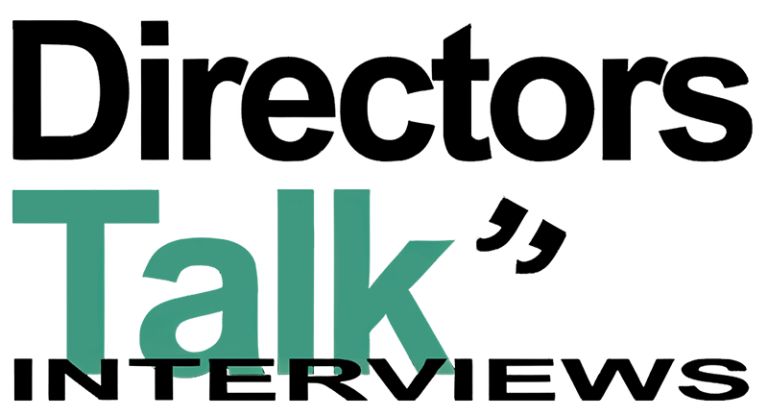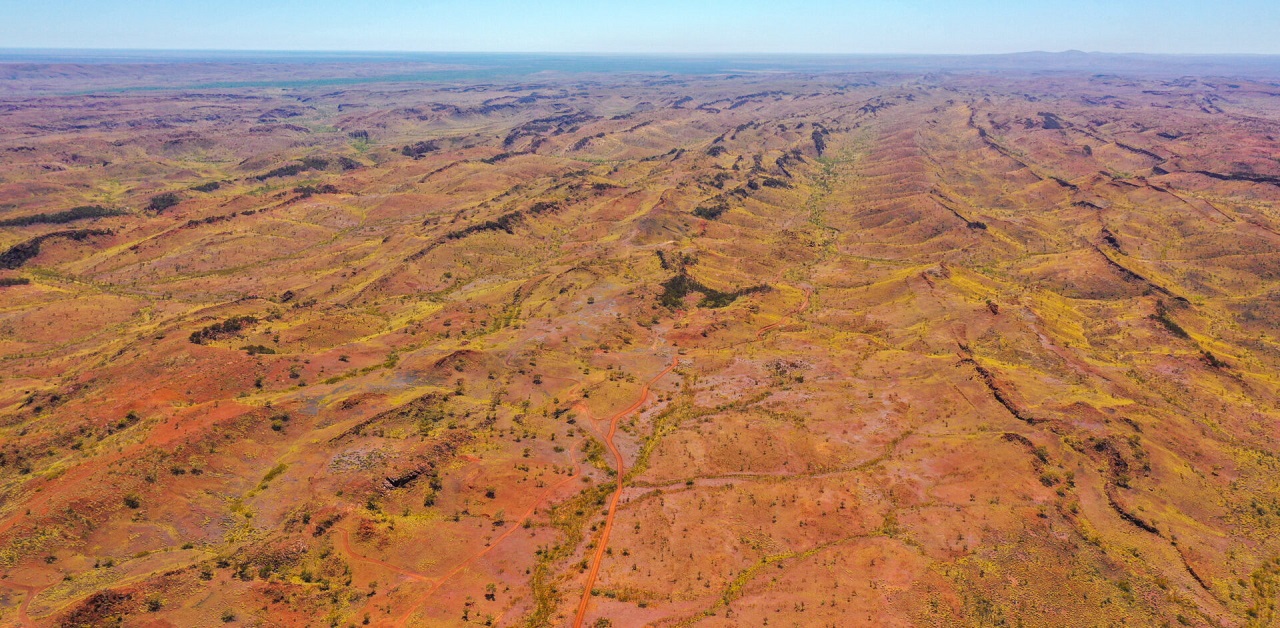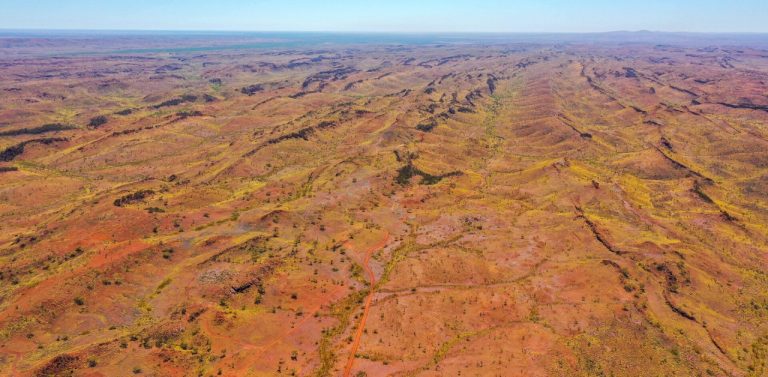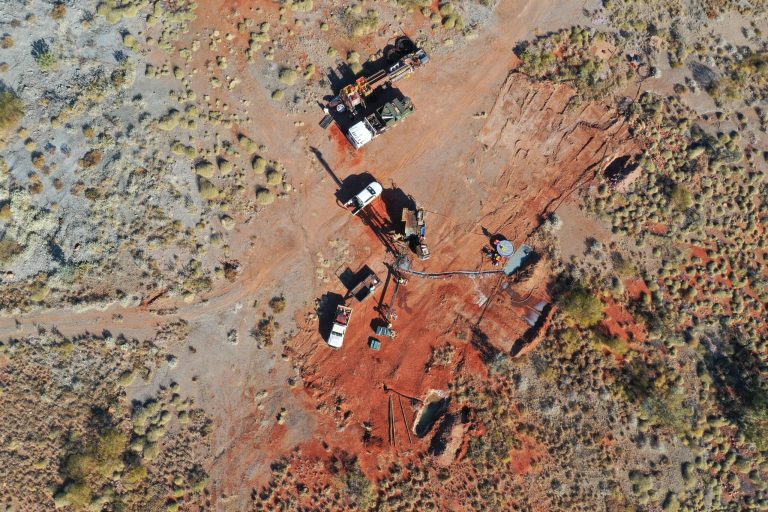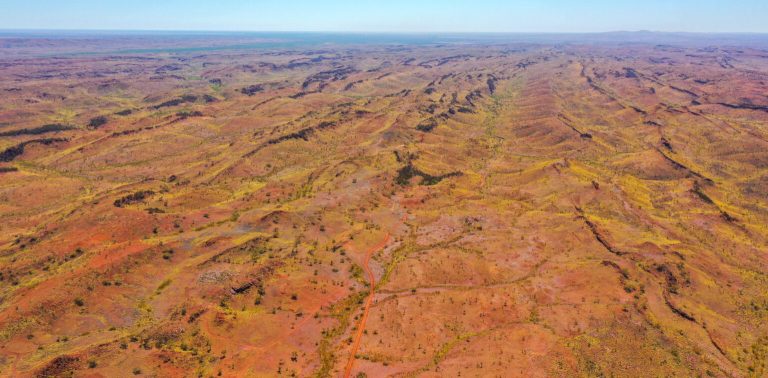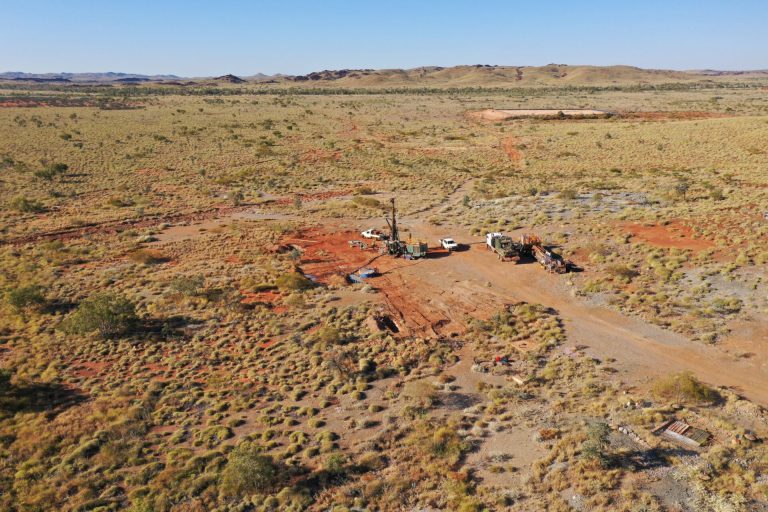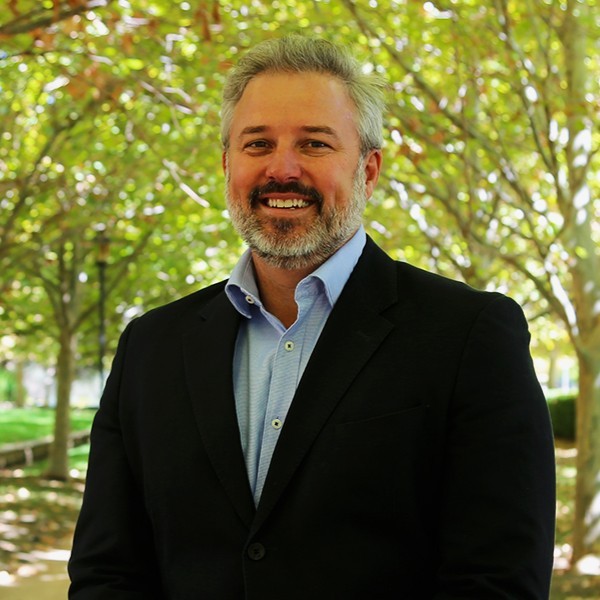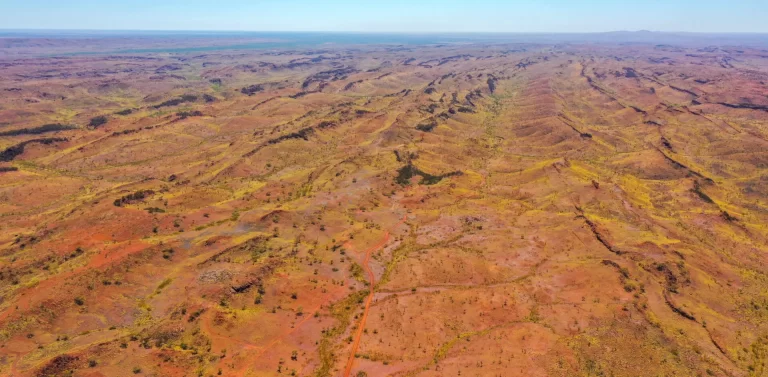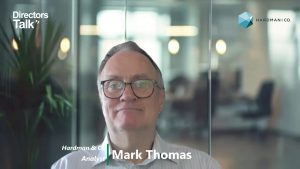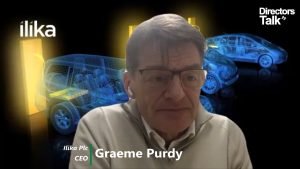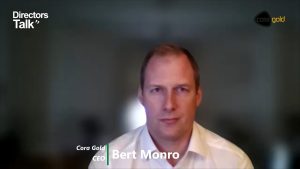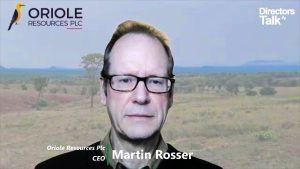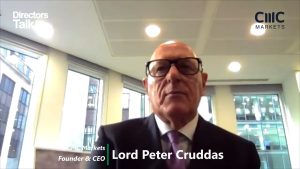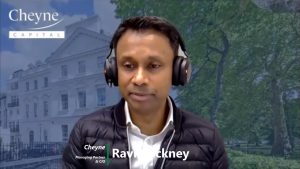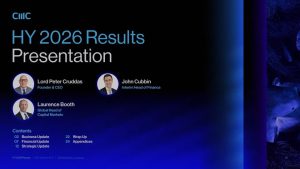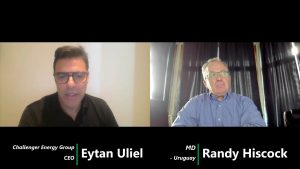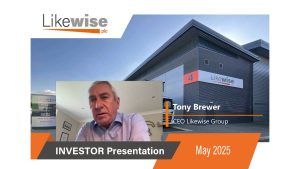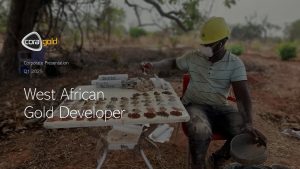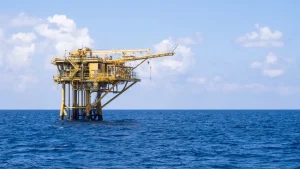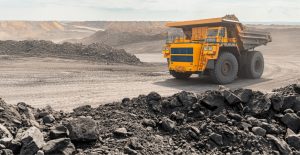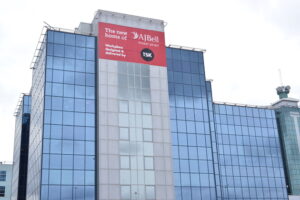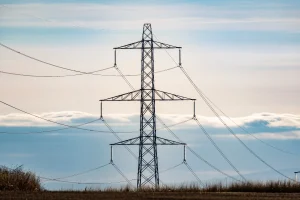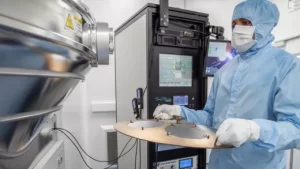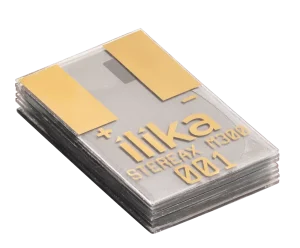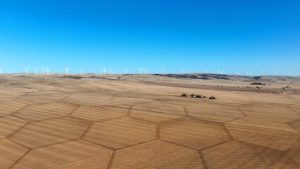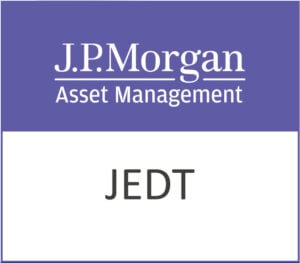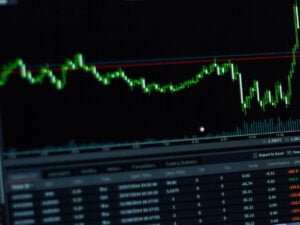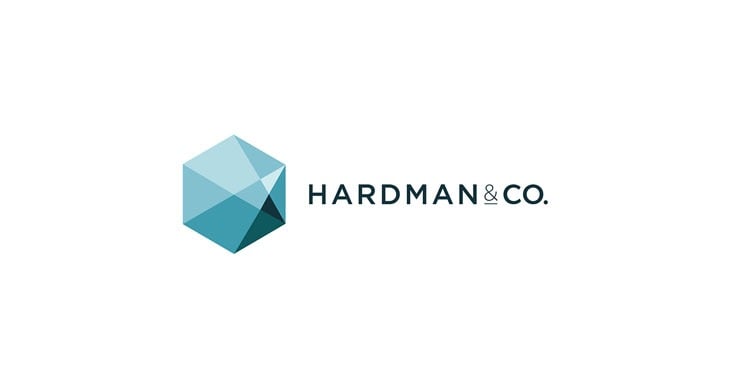Alien Metals plc (LON:UFO) Executive Chairman Rod McIllree caught up with DirectorsTalk to discuss strategy, why Hancock is the flagship project, key milestones to look out for and updates on the Elizabeth Hill and Munni Munni projects.
Q1: Firstly, could you just give us a brief overview of the company and its strategy?
A1: I’m a relatively recent arrival to the Alien Metals team, I joined around August/September last year and I was really focused in on the iron side of the equation of this business.
One of the challenges that small companies face getting access to these sorts of regions, if you like, is they tend to be fairly well dominated by the larger players, you’ve got the usual suspects, BHP, Rio Tinto etc.
So, I think for us to actually have such a large and valuable land holding within these iron provinces, that’s still direct shipping, access to a multi-user port, low capex, low opex, all the ingredients here are for a project that’s really, once it’s up and going, is going to be quite an attractive little investment opportunity for us.
Q2: So, what was your reasoning for coming on board and then investing so heavily in the company?
A2: Look, I guess the simple answer to that is that, as I said, iron is a fairly simple proposition, you don’t need any upgrading, the infrastructure is already in place, we don’t have to build our own ports and processing etc., this is a direct shipping material.
I guess what really got me excited about Hancock was that I flew over the license in a helicopter from one end to the other, and one of the things that became very apparent very quickly is that these resources, in my mind, are only a very small part of the overall picture here. This is something that will continue to grow and grow and grow.
What the company now has focused on, because I guess this answers your question of what am I doing about the overall strategy of the business now, is that we have shifted our focus from being a multi-project company that incrementally moves their projects forward to now being singularly focused on bringing Hancock into production.
Now, with reference to the recent drilling, and I’m sure we’ll come to that in a second. One of the things, if investors remember back in September I did advise because the Munni Munni and Elizabeth Hill licenses are also, in their own sphere of influence, very significant assets as well, that we would be undertaking some drilling to test a few ideas that we had been working on at the time. What people are now seeing are these results starting to roll into market, we’ve got the recent release of the Elizabeth Hill drilling there, some really spectacular results there, confirms the thought process for what we anticipated. The geological guys have done a fantastic job there with that reinterpretation and we’re still waiting for the nickel and copper results on the eastern side of Munni Munni, so anything can happen there as well.
Q3: Why was Hancock chosen as the complete flagship project?
A3: Again, it comes back to simplicity. What these small companies represent is an opportunity to achieve a single outcome, you get one shot at these things generally. If you get your timing right, in terms of your commodity price, the cycle that you’re in, your jurisdiction, you’re permitting, your exploration, if all these things line up then what comes from that is a production profile here that is capable of running for potentially, in my mind, for a couple of generations.
So, that opportunity for a company like ours was obvious. When you sit down and you put all of these projects next to each other and you prioritise them in terms of expenditure or budgets or work programmes, whatever it might be, it becomes clear that Hancock is the standout. Again, because of its simplicity.
I think the other key part of this equation that people should really clearly understand is the economic benefit to the company, with it having access to that multi-user port, Port Hedland. These ports, you can’t build them to, well you can but they cost an enormous amount of money, you’re talking hundreds of millions of US dollars and supply lines, strains and delays etc., it might be 5 years before a new major port is built.
We have one sitting there that we can access immediately, and so what that means to us is if we can deliver our material to that port in an economic fashion, we have the opportunity to go into production very, very quickly here. So, what we have been doing, and this comes back into this idea that all the tenders now have been received, is that, for the last couple of months, and keeping in mind that it’s been Christmas and Australia, generally speaking, takes most of January off until Australia Day so that’s been a challenge as well, but we now have all of the economic inputs for our financial model, in terms of fixed price quotes from suppliers.
As we said in the RNS, these are in line, if not better than a lot of the costs that we had anticipated in that scoping study so we have some material updates to come out on Hancock over the next several months as we move through this permitting and mining license and into civil and site work and ultimately, to the first road train and the first boat. I think that what we have decided to do as an organisation, and I’ve mentioned this before in my previous interviews, is to move to a process whereby we update shareholders on what we have achieved rather than what we are going to do and what we anticipate will happen on certain timelines. I think one of the problems that we have here is that everybody’s familiar with the world we live in these days, a lot of things have changed and predicting timelines is quite difficult.
So, what has happened as a necessary consequence of that transition, from telling everyone what we’re going to do and then going off and doing it, hopefully we’re successful, to now telling people what has been done and these are the results, there is a period of time where there is not a lot of news flow, and we have just moved through that period where we’re now up to date and we are doing things and the outcomes of these deliverables and work programmes we can drop into the market.
So I think that’s one thing shareholders can take away, is that we are now moving to quite a positive news flow footing, in terms of things that are going to be completed as and when they’re done.
Q4: Just looking forward, what key milestones should investors actually be looking out for?
A4: The challenge for us when I first joined was getting a grip on the permitting timeline for Hancock, and this I guess is a hand in glove moment with my previous statement about saying things once they’re done, we are going to take this approach with our permitting as well.
We’ll be advising the market once it’s finished, once we have the permits, and once the mining license is issued. We’re not going to be giving any guidance because it’s as I said, very difficult to do. I think that we now have a clear line of sight on this process, we are in the midst of negotiations to get all of this settled, and you’re in a jurisdiction that is fully geared up for the exploitation of these types of resources and actively promote their development.
So, there is no headwinds that I see and the team sees, we’ve got a great team down there in Perth, headed up by Troy, we’ve got Bradley Toms running the exploration, the results of the recent programme there is a function of his and the team’s work. So, I think these projects will continue to evolve and Hancock will continue to be the primary focus. Every now and again, when we get a little bit of spare time, as you do when you’re dealing with permits, we might go back and have another look at some of these results with Elizabeth Hill and we might follow up, should the drilling from the nickel and copper at Munni Munni should that necessitate it, then we might follow up some of those results that we expect there as well.
So, I just think that this is a company that has some really good little assets here, and I have been buying the shares because I think over the very long term, once we implement our strategy and the visualisation of that strategy that I have, means that I see this stock as being extraordinarily undervalued, and I’m happy to put my money where my mouth is.
So, I think the next sort of 6-12 months, we’re going to see some really transformational events for Alien Metals so I look forward to being part of that.
Q5: Now, you mentioned Elizabeth Hill, it’s famed for its high grade native silver, but how’s today’s RNS changed the company’s understanding of the project?
A5: This comes as a function of doing a lot of work as a young geologist in the jungles of the Pacific Rim, just north of Australia, and these high grade narrow vein occurrences of precious metals, whilst on their own if you just take that narrow vein approach, can be extraordinarily profitable, as evidenced by the previous mining of this, we’re up to a million ounces of silver nuggets and silver specimens were stripped out of that, what is effectively a silver chimney, if you like. I guess this is all driven by the grade of Elizabeth Hill, you do not get this accumulation of metal in such a short, small, little area without there being a mineralised halo or repetitions of those chimneys. Geologically, for the amount of metal, rich fluid that would’ve had to have gone through these conduits to deposit this metal, there cannot only be one of them.
So, we approached it from the point of view of, let’s from the bottom up, let’s look at everything that had been preconceived and how can we try and get some disruptive thinking into it. We did actually eight holes there, only one of them was successful in the sense that only one of them intersected the ore body, the other seven of which five were further to the north in one long fence, if you like, of holes, we were trying to extrapolate that contact shear zone to the north, none of those holes intersected structure or the contact itself. So, we know that it is still a live animal up that way, we will get to it again, two holes to the south to extend that ore body along strike and down dip. Actually because it was RC, actually ran into water ingress and even though we had the most modern and powerful air compressors on that, we were unable to hold the water at bay because you had such a hydraulic head from the mine there, and the water that sits in that old workings.
So, what we will do is we will go back in, as mentioned, we’ll drill those two holes using diamond, and if the drilling in and around these two holes that are yet to be completed, is any indication, you can expect more of the same. It’s my personal view that this project potentially could get very large, very quickly just with maybe one or two more holes.
Investors should take a watching brief on this, I think silver’s always quite a topical one for the markets and you’ll see more on this soon. That halo, that move to now a bulk tonne high grade rather than just a high grade narrow vein model, that’s a material change in thought process for the team.
Q6: A broader mineralised envelope, it’s been mentioned a few times with regards to Elizabeth Hill. What’s the geological significance of that?
A6: I think this is really the first time that there has been I guess sporadic occurrences of silver that was within the area of the mine workings but I don’t think anyone’s ever stepped back and look at this in a holistic sense.
I think that what it really means is a function of economics, we were talking about this high grade narrow vein silver occurrence, what that really is turning out to looking like is the bonanza zone of what appears to be some type of epithermal system, it’s an epithermal system of odd metals, platinum, palladium, copper, nickel, silver, lead and zinc. What we are finding is that that halo that I talking before about the amount of water that goes through these systems, how much you need of that very high temperature, high pressure water that’s full of metal to deposit something like Elizabeth Hill there, is astronomical, it’s thousands of gigalitres over millions of years, possibly, or hundreds of thousands of years.
So, what we are seeing there is effectively the cook zone around that narrow vein that extends maybe 15-20-25 meters either side of the vein itself, it’s also mineralised, and it’s mineralised to a very high degree as well. This comes as a function of the chemistry of the shear zone, you’ve got soft rocks sliding backwards and forwards against hard rocks so the granites are effectively acting as coarse grained sandpaper and creating a very high fine grained reactive shear zone for these metals to precipitate in.
This is really the model that we’re chasing now is, is not these high grade, they will always be there as the core of any of our drilling moving forward, but certainly, our attention now is focused on what are the bulk tonne potential for Elizabeth Hill.
Q7: Finally, Rod, could you just explain for us how having Elizabeth Hill and Munni Munni unified in a coherent tenement under a 100% ownership benefits their advancement?
A7: It’s a pretty simple one. If you could imagine a large circular shape and you chop that shape up into eight pieces, and each one of those parties that owns a piece is not cooperating with their neighbour next door, you can see that over time nothing really gets done. People don’t want to commit capital to exploring their part of that piece because you can’t get any economy of scale from a surface, from a licensing perspective.
So, one of the things that originally was the most attractive aspect for me, and still very much is, was the fact that Munni Munni now has been consolidated from a licensing perspective for the first time in several decades, if not 30/35 years. So, what that allows you to do is you come at this from a 40,000 foot view and explore the entire project with respect to defining resources across the entire tenement area, and you own a hundred percent of those.
So, there’s several things in the mining industry, there’s sovereign risk and there’s licensing risk, Munni Munni has no licensing risk now because there’s an existing mining license and the rest is surrounded by exploration licenses. Elizabeth Hill is also a mining license, it can be turned back on quite quickly, surrounded by exploration licenses. So, what we have there is a very secure 100% ownership of both of these assets with no royalties or obligations on any of them. It’s a very clean deal and it’s that that’s going to be of a huge benefit as we continue to build the resources there at both Munni Munni and Elizabeth Hill.

